Mesothelioma Help Cancer News
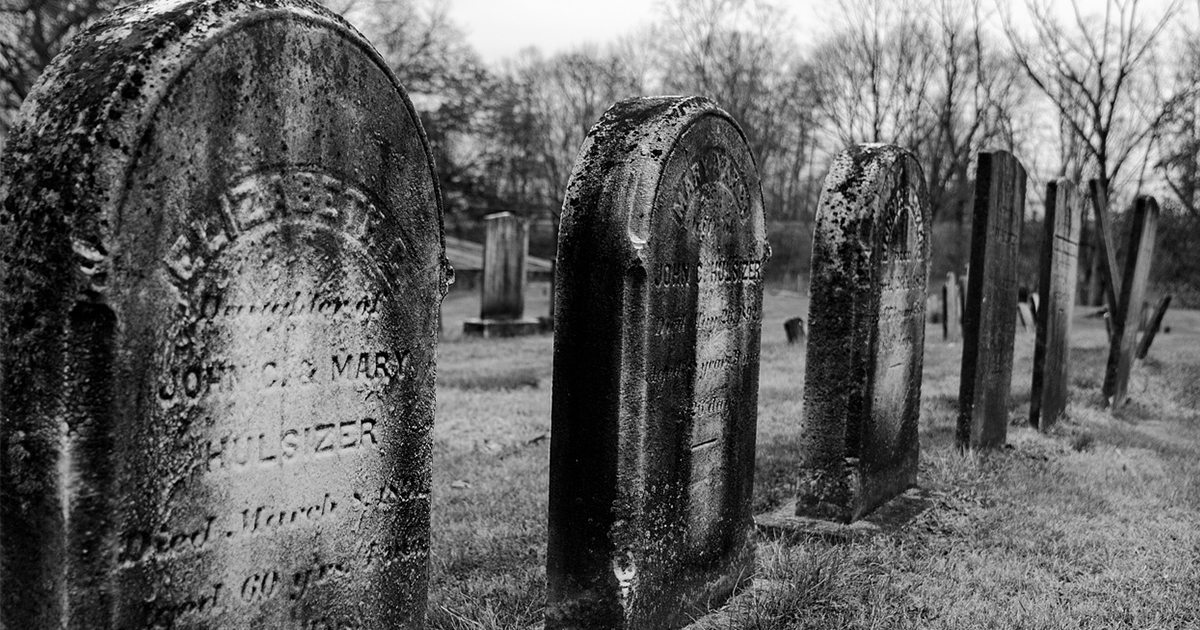
Four Years After Losing My Father to Mesothelioma It Still Hurts
“I love you so much, it hurts.” It’s something that I’ve heard throughout my life. But what does that really mean? How is it possible to love someone in such a way that it causes you pain? When I stop and think about it though, it makes perfect sense.
I loved Dad so much, that when he was diagnosed with mesothelioma, it broke me apart inside. I cared so deeply that watching him endure treatments caused me intense agony. I treasured him, causing inexplicable anxiety when it was time for his quarterly scans. I loved him so much, it hurt.
October 15 marks four years since I lost my father. The pain of loving and losing him follows me each and every day. It’s a feeling that never fades, but is sometimes overshadowed by the life continuing on around me. You can’t escape the hurt of such a profound loss… but do you really want to?
This must seem like a terrible question to pose. Do you want the pain of losing someone you love to go away? Of course, you don’t want to feel it forever in the same way you do the moment you hear the news. You don’t want to be crippled by it. At the same time, you don’t want to forget it. That pain means that someone touched your life, touched your heart. It shows that they truly meant something to you.
Each time I start to feel that pain, I stop to think of the reason behind it. I feel sadness and grief because I loved someone, and they loved me. I have an aching in my heart because, even though there is a piece missing, it was occupied by a person who believed in me and lifted me up. The tears I cry are shed for a purpose, I miss someone who shaped me. What a blessing to have had someone like that in my life.
I loved… no, I love my Dad so much, it hurts. Putting a past tense on that feeling seems wrong in some way. Just because he is no longer here with me, doesn’t lessen who he was as a person or the impact he had on me. He lived by example, a beautiful trait that I hope to pass on with my daughter. He carried himself with grace and humility, even while carrying a cross as heavy as his disease. He loved so much, it hurt… I am grateful to have been a recipient of such a love.
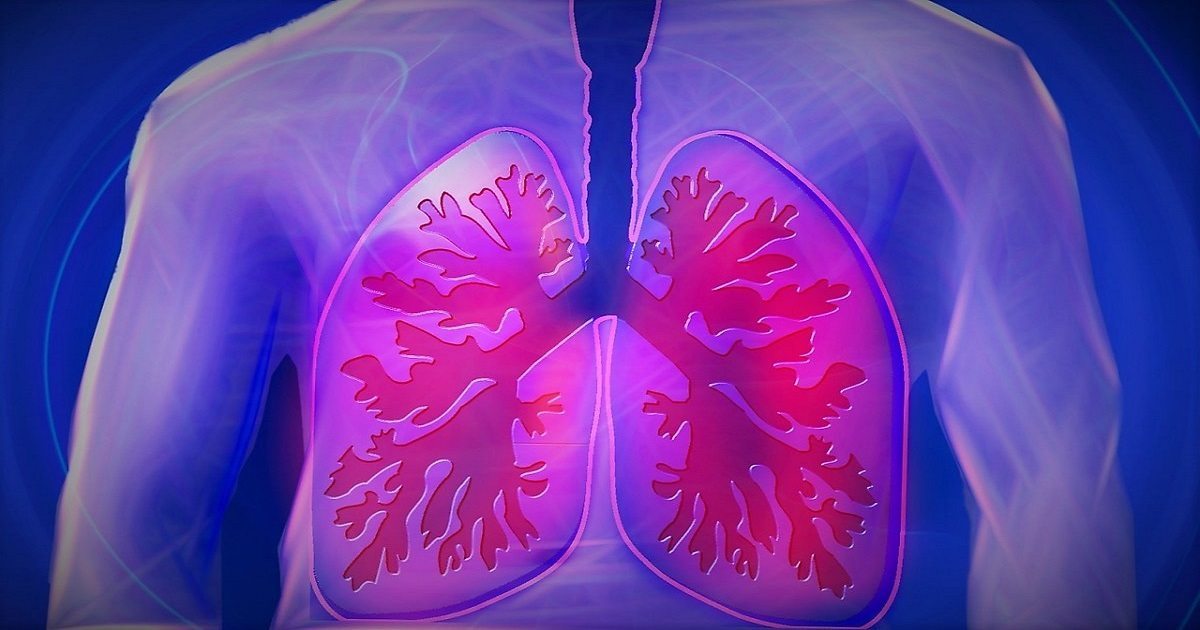
Mesothelioma Treatment May Come From Discovery of Treatment for “Undruggable” Form Of Aggressive Lung Cancer
MesotheliomaHelp has reported many times on the challenges in treating KRAS-positive lung cancer, one of the most aggressive subtypes of lung cancer. Now, in a new study, researchers report they may have found a way to tackle lung cancer when the KRAS gene is present. This finding could also prove encouraging in the future for mesothelioma treatment.
According to an Oct. 2 press release in MIT News, a team of MIT researchers took a closer look at the Kirsten rat sarcoma virus (KRAS) and homed in on the KEAP1 mutation of KRAS, which, according to the researchers, is the third most frequently mutated gene in lung cancer. They found that in cancer where the KEAP1 gene is “nonfunctioning” cancer cells hunger for glutamine. They determined that if they could cut off the supply of glutamine to the tumors, they could treat both KRAS and KEAP1 mutations.
KRAS-mutated cancers are referred to as “undruggable” due to the inability to successfully target the protein with medicine. However, the MIT researchers began to experiment with suppressing KEAP1 which resulted in over-expression of yet another protein, NRF2, becoming hyperactive. This led them to then assess NRF2, and they determined that patients with “‘up-regulated’ NRF2 tumors had significantly worse survival rates” than other lung cancer patients.
Expert Insight
Tyler Jacks, MIT
“The complexity of human cancer can be quite daunting.”
The team then turned back to KEAP1 and focused on its need for glutamine, finding that in lung cancer cells with loss-of function mutations for both KRAS and KEAP1 the cells were more dependent than others on increased amounts of glutamine. Using inhibitors of glutaminase, an enzyme crucial to glutamine metabolism, in these cells slowed cancer cell growth and shrunk lung cancer tumors.
The KRAS/KEAP1 mutations can occur in 17 percent of lung cancer patients, according to the researchers. Various studies have found KEAP1 mutations in malignant mesothelioma cells, with one study finding it active in seven percent of the pleural mesothelioma tissue samples.
“The genetic tools that we have assembled allow us to create models of many individual subtypes of the disease [cancer] and in this way begin to define the exploitable vulnerabilities of each,” said Tyler Jacks, director of MIT’s Koch Institute for Integrative Cancer Research and co-senior author of the study. “The observed sensitivity of KEAP1 mutant tumors to glutaminase inhibitors is an important example of this approach. There will be more.”
The KRAS gene is also found in some pleural mesothelioma patients. Mesothelioma, a rare form of cancer caused by exposure to airborne asbestos fibers, is highly aggressive and is resistant to many current treatments. Care often follows the same protocol as lung cancer. As a result, mesothelioma patients struggling to find effective treatments for the incurable cancer stand to benefit greatly from this research.
The good news in this research is that one of the inhibitors used, CB-839, is already in phase I clinical trials for both KEAP1-mutant and KRAS-mutant lung cancer patients. This study might help identify appropriate patients for these trials.
The American Cancer Society estimates about 222,500 new cases of lung cancer and nearly 155,870 deaths from lung cancer in the U.S. in 2017. Close to 3,000 Americans will be diagnosed with mesothelioma this year with nearly the same number dying from the terminal cancer.
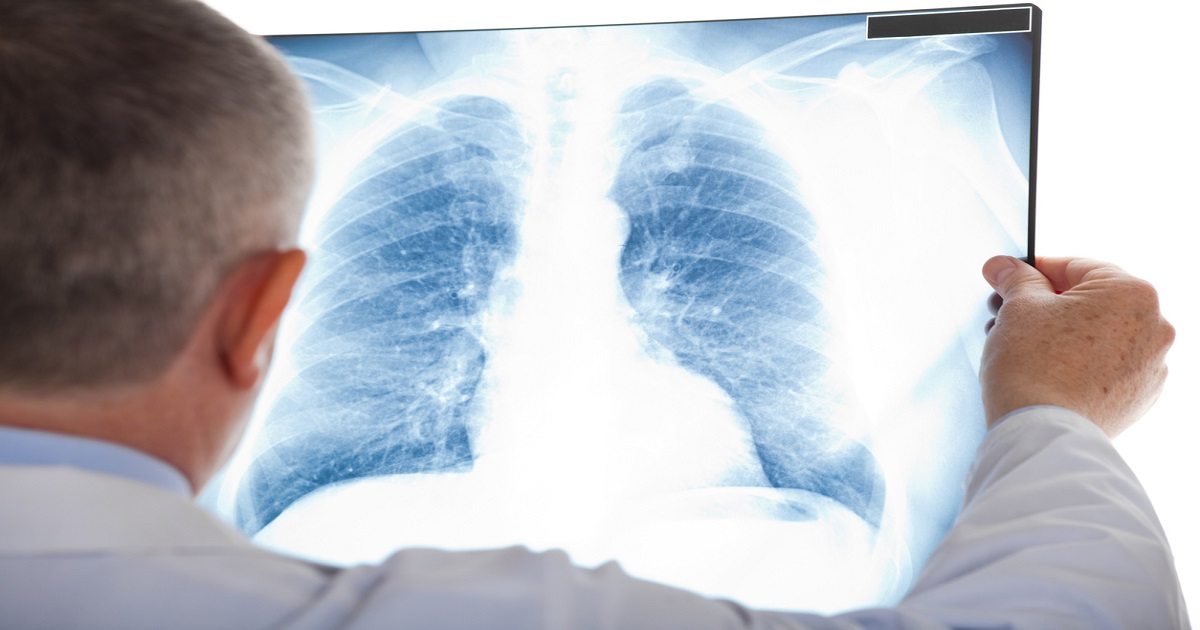
Molecule That Determines Fate of Lung Cancer Cells May Do the Same For Mesothelioma Cells
microRNAs are critical to cancer researchers, specifically in leading them to a breakthrough in the diagnosis or treatment of cancer. Research has shown that miRNAs, single stranded molecules that regulate gene expression, can be a key driver in the development of cancer. Now, researchers believe they can also be the key to killing off cancer cells.
In an important new study published this month in Science Signaling, researchers from the Boston University School of Medicine (BUSM) looked at KRAS mutant non–small cell lung cancer (NSCLC) based on its two subtypes, epithelial and mesenchymal. They found that while mesenchymal NSCLCs are less responsive than epithelial NSCLCs to inhibition of the RAS pathway, mesenchymal tumor cells are especially sensitive to miR-124.
When there was a loss of miR-124 in the mesenchymal tumor cells there was an increase in cell survival. On the other hand, when there was an overexpression of miR-124, apoptosis, or cell death, was triggered. This finding led the researchers to conclude that miR-124 can be an alternative molecular target for treating the mesenchymal subtype of NSCLC.
“Understanding the mechanisms that are associated with phenotypic heterogeneity in lung cancer cells–specifically differences between epithelial and mesenchymal-like cells–allows these differences to be exploited to develop more selective therapeutic agents,” said corresponding author Anurag Singh, PhD, assistant professor of pharmacology and medicine at BUSM, in a press release announcing the findings.
Mesothelioma is a cancer associated with asbestos exposure that affects the lining of the lungs or abdomen. It is an aggressive cancer that is often resistant to chemotherapy and radiation treatments. However, mesothelioma patients and lung cancer patients often undergo the same treatments making this finding important to mesothelioma care. In the United States, nearly 3,000 new cases of mesothelioma are diagnosed each year.
The researchers used what they call mesenchymal-like cells that had undergone a switch known as epithelial to mesenchymal transformation. Other studies have shown the epithelial to mesenchymal transition in mesothelioma cells, suggesting the potential for using microRNAs in innovative treatment therapies to suppress tumor growth in lung cancer and malignant mesothelioma patients.
The mesenchymal-like cells are resilient and fight off chemotherapy agents that should lead to their death. However, when the researchers looked more closely at the role miR-124 had on the cancerous cells, it was an indicator of whether the cancer cells would respond to chemotherapy, according to Medical News Today.
Targeted therapy for mesothelioma and lung cancer patients optimizes the potential for success of the treatment and offers treatment options that may not otherwise have been considered. Every new breakthrough in cancer research brings hope to mesothelioma patients. Although the rare cancer is terminal, each significant finding brings a cure one step closer.
The BUSM researchers hope their discovery leads to clinical trials for NSCLC patients, however, they point out that “additional work must be done to explore this possible therapeutic target.”
Read the full study in the September issue of Science Signaling.
Sources:
- Science Signaling
http://stke.sciencemag.org/content/9/450/rs12 - (University School of Medicine) BUSM
https://www.bumc.bu.edu/busm/2017/09/12/researchers-identify-possible-new-target-in-fight-against-lung-cancer/ - Medical News Today
http://www.medicalnewstoday.com/releases/313580.php
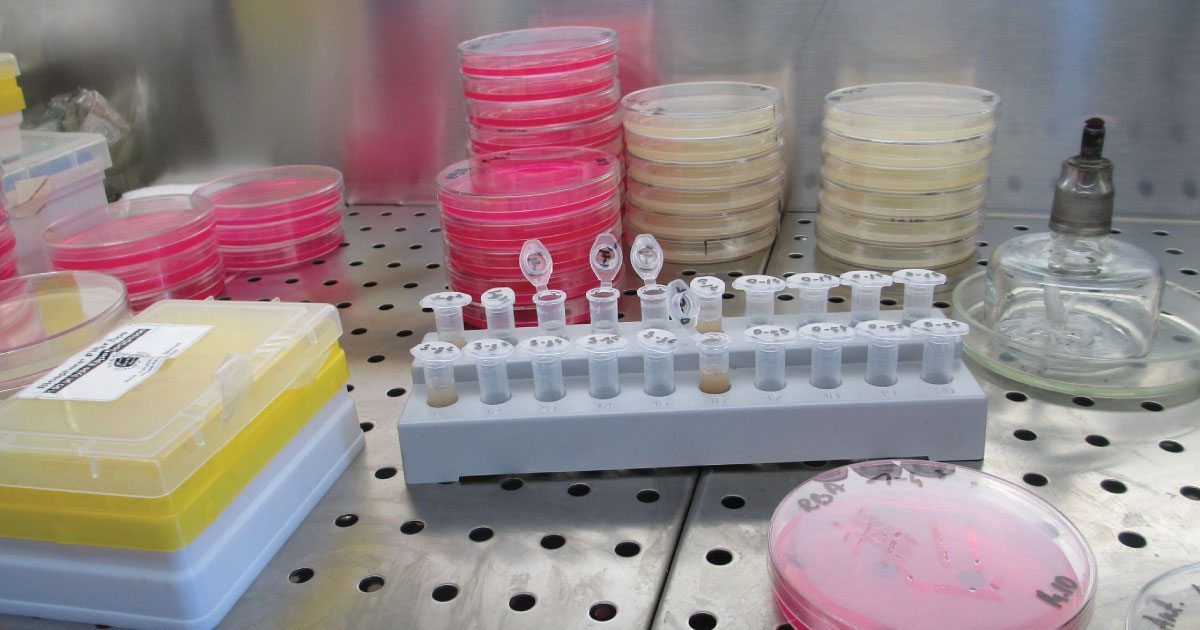
Unexpected Results in Experiment Could Lead To Mesothelioma Killer
Craig Meyers didn’t set out to find a cancer killer, but as experiments go, you don’t always get what you expect. In this case, in 2008 he and his assistant were conducting an experiment using a little known virus to fight HPV, when unexpectedly, all of the HPV cells died. Now, he is hoping to continue his research that has shown promise in killing other types of cancer – including mesothelioma – to find a new anti-cancer treatment.
After discovering that the adeno-associated virus type 2 virus (AAV2), known to infect humans but not known to cause sickness, actually led HPV (human papillomavirus) cancer cells to kill themselves, Craig Meyers, Penn State Distinguished Professor of Microbiology and Immunology and BYU alumnus, immediately began using AAV2 against multiple other cancer lines, including mesothelioma cells, according to the Summer 2017 issue of BYU Magazine. Meyers was once again shocked when he found that all these cancer cells also died.
“We . . . collected different cancer cell lines—breast cancer, prostate cancer, squamous cell carcinoma, melanoma, and mesothelioma cells,” he says. “We tested them all, and [AAV2] worked in them all,” said Meyers.
Myers has spent his time since 2008 trying to better understand why AAV2 kills cancer cells, although he says, “That’s the million-dollar question,” and upgrading his tests from petri dishes to mouse models. The next step is human testing.
The fact that Myers had success against mesothelioma lines brings hope that an effective treatment could be available to mesothelioma patients in the future. The asbestos-caused cancer, that strikes close to 3,000 Americans each year, is incurable and leaves many patients with a poor quality of life.
Myers has spent his career trying to find a successful treatment for HPV, a sexually transmitted disease, that can lead to cervical cancer. When his “accidental” discovery led him to realize that AAV2 led the HPV cancer cells to apoptosis, he began his work to bring this breakthrough to helping all cancer patients.
“Until I can get to this last set of trials, I have to caution people . . . that we don’t have a cure yet and at any step this could just stop working. That’s always the nightmare.”
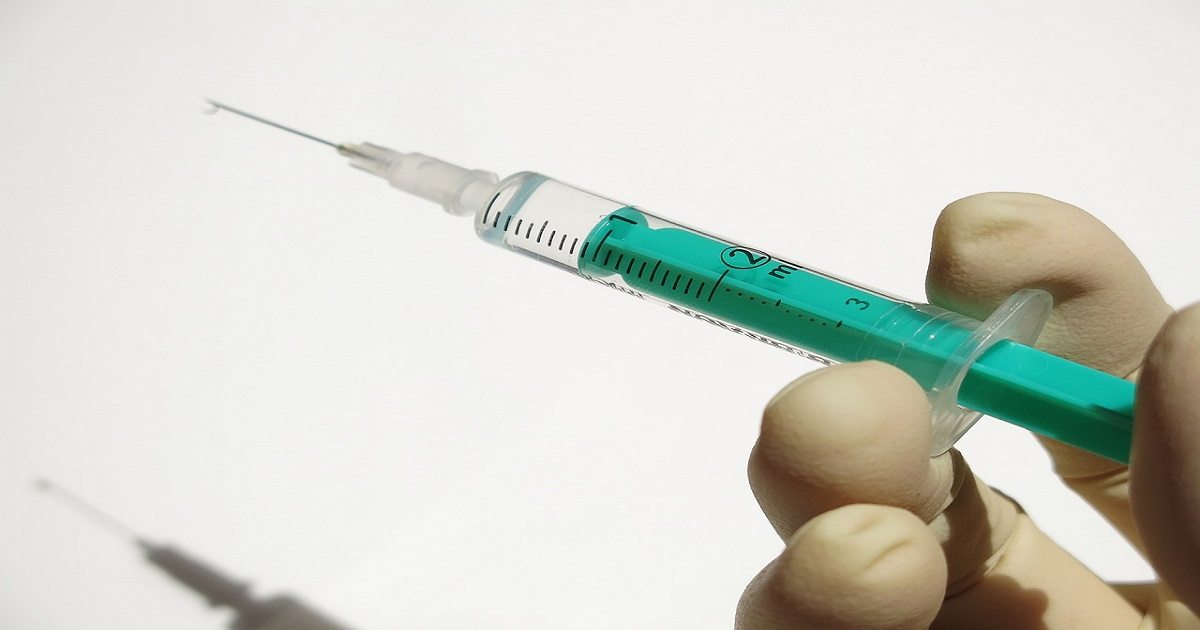
Investigational Drug Effective in Treatment of Pleural Mesothelioma
In January, MesotheliomaHelp reported that the U.S. Food and Drug Administration granted orphan drug designation to Boehringer Ingelheim’s investigational drug nintedanib for the treatment of mesothelioma. Now, in the announcement of clinical trial results at the International Association for the Study of Lung Cancer Multidisciplinary Symposium in Thoracic Oncology, the company reports the drug has been found to be “safe and effective” treatment for patients with pleural mesothelioma.
The phase II/III trial, known as the LUME-Meso trial, is designed to evaluate nintedanib (BIBF 1120) when combined with the chemotherapy duo pemetrexed / cisplatin for the treatment of patients with unresectable malignant pleural mesothelioma. The results of 87 patients in the trial, showed that the 44 treated with nintedanib demonstrated improved progression free survival (PFS) and a trend for prolonged overall survival (OS). In addition, patients with epithelioid malignant pleural mesothelioma, the most common and most treatable subtype, experienced the “greatest benefit from nintedanib treatment” with a PFS of 9.7 months vs. 5.7 months, and OS of 20.6 months vs. 15.2 months.
Currently, the standard of care for pleural mesothelioma is the combination chemotherapy of pemetrexed and cisplatin.
“Nintedanib strongly inhibits malignant pleural mesothelioma tumor growth in human xenograft models and reduces the colony-forming capacity and migratory activity of malignant pleural mesothelioma cell lines,” said José Barrueco, executive director of global clinical development of oncology at Boehringer Ingelheim, as reported in HemOnc Today. https://www.healio.com/hematology-oncology/lung-cancer/news/online/%7Bfef3c4aa-ac73-4940-b8ef-2834a95e0427%7D/nintedanib-shows-promise-for-malignant-pleural-mesothelioma?page=2
According to Boehringer Ingelheim, the maker of nintedanib, the drug is an oral triple angiokinase inhibitor which simultaneously inhibits vascular endothelial growth factor receptors (VEGFR 1-3), platelet-derived growth factor receptors (PDGFR) and fibroblast growth factor receptors (FGFR 1-3) signaling pathways.
“The safety profile was manageable and consistent with previous nintedanib studies, and it did not compromise delivery of the backbone chemotherapy,” Barrueco said.
Talk to your oncologist to find out if you are a candidate for the trial. Mesothelioma patients are currently being recruited worldwide, including in the U.S., Australia and Canada, for the trial. To find out more, see ClinicalTrials.gov. https://clinicaltrials.gov/ct2/results?term=%22malignant+mesothelioma%22&recr=Open&pg=1
Free Mesothelioma Patient & Treatment Guide
We’d like to offer you our in-depth guide, “A Patient’s Guide to Mesothelioma,” absolutely free of charge.
It contains a wealth of information and resources to help you better understand the condition, choose (and afford) appropriate treatment, and exercise your legal right to compensation.
Download Now